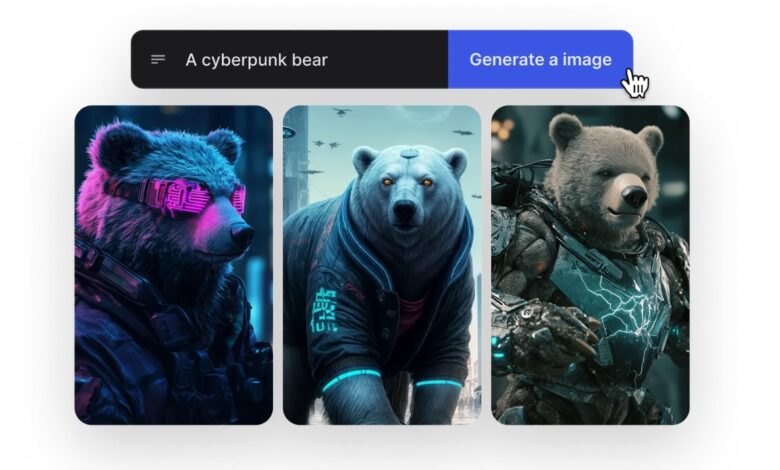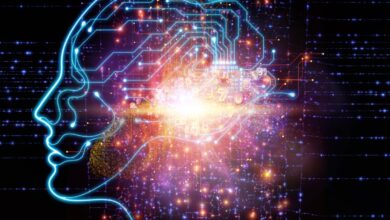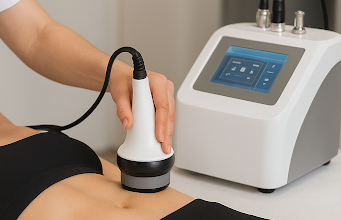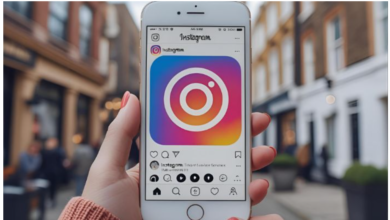AI Meets Photography: Transforming Traditional Techniques into Smart Visual Art

Photography, one of humanity’s most cherished art forms, has seen an incredible evolution over the decades. From grainy black-and-white images to high-definition digital captures, technology has always been an integral part of photography’s growth. Now, artificial intelligence (AI) is revolutionizing the field, turning traditional techniques into cutting-edge smart visual art. Let’s delve into how AI is reshaping photography and enhancing creativity for photographers and enthusiasts alike.
The Role of AI in Modern Photography
AI in photography is more than just a buzzword; it’s a game-changer. By combining machine learning algorithms with image processing techniques, AI tools enable photographers to push boundaries. These innovations range from enhancing image quality to creating entirely new visual styles.
One of the most significant advantages of AI is its ability to analyze and process vast amounts of data. AI systems can identify patterns in millions of photos, learning what makes an image aesthetically pleasing. This knowledge is then applied to assist photographers in capturing the perfect shot, suggesting compositions, and even automating post-processing tasks.
Redefining Image Editing
Traditionally, editing a photo required hours of meticulous work. Adjusting brightness, contrast, color balance, and removing imperfections was labor-intensive. With AI-powered software, these tasks can now be accomplished in seconds.
Tools like content-aware fill and smart object detection have simplified retouching. AI can seamlessly remove unwanted elements from a photo or replace backgrounds with stunning precision. Neural networks, trained on extensive datasets, can replicate specific editing styles, allowing users to apply complex filters that mimic renowned artistic techniques.
AI in Smartphone Photography
Smartphones have become essential photography tools, thanks largely to the integration of AI. Modern devices use AI algorithms to optimize camera settings in real-time, enhancing image quality even in challenging conditions. Features like portrait mode, night mode, and scene recognition rely heavily on AI to produce professional-grade results.
For instance, AI can detect whether you’re photographing a landscape, a person, or a plate of food and adjust the settings accordingly. This ensures that the final image captures every detail, color, and texture, delivering a visually stunning outcome with minimal effort.
Generative AI: Creating Visual Masterpieces
Generative AI has opened up entirely new possibilities in the world of photography and digital art. By analyzing existing images, AI can create entirely new visuals that blend reality with imagination. This capability has given rise to innovative tools that photographers and creators can leverage for artistic expression.
An AI photo generator, for example, uses advanced algorithms to produce unique images from textual descriptions. These tools are not only redefining how we create visual art but also expanding the boundaries of what’s considered photography. The fusion of AI and creativity allows for limitless exploration, enabling artists to bring their visions to life in unprecedented ways.
Ethical Considerations in AI Photography
While the benefits of AI in photography are undeniable, there are ethical considerations to address. The use of AI tools to manipulate images raises questions about authenticity and originality. How do we differentiate between an unedited photograph and one heavily altered by AI? What role does the photographer play when AI handles most of the creative decisions?
To navigate these challenges, transparency is key. Photographers and creators must be upfront about using AI in their work. This not only maintains trust with their audience but also sets clear boundaries between traditional photography and AI-enhanced visuals.
AI in Video Creation and Beyond
The influence of AI extends beyond still photography into the realm of video production. An AI video creator app, for instance, can automate the editing process, generate storyboards, and even create video content from scratch. These tools enable creators to produce professional-quality videos with minimal technical expertise, making visual storytelling accessible to everyone.
Incorporating AI into video creation also allows for real-time enhancements, such as facial recognition for auto-focus, background removal, and advanced color grading. This integration highlights the seamless transition of AI technologies across different visual mediums, bridging the gap between photography and videography.
The Future of AI and Photography
The convergence of AI and photography is just beginning. As AI technologies continue to advance, we can expect even more sophisticated tools that blur the line between traditional and smart visual art. Future innovations may include:
- AI-Powered Cameras: Cameras equipped with advanced AI capabilities to suggest angles, lighting adjustments, and even storytelling ideas.
- Personalized AI Assistants: Virtual assistants that understand a photographer’s unique style and offer tailored suggestions during shoots and edits.
- Real-Time AI Enhancements: Instant adjustments to images as they are captured, ensuring perfection with every click.
Embracing the Change
For photographers, embracing AI is not about replacing traditional techniques but enhancing them. By integrating AI tools into their workflows, creators can save time, improve efficiency, and explore new artistic possibilities. The synergy between human creativity and machine intelligence promises a future where photography transcends its conventional boundaries.
From simplifying mundane tasks to enabling groundbreaking innovations, AI is undoubtedly transforming photography into a smarter, more dynamic art form. As we continue to explore its potential, one thing remains clear: the fusion of AI and photography is not just a trend but a monumental shift in how we capture and create visual stories.



